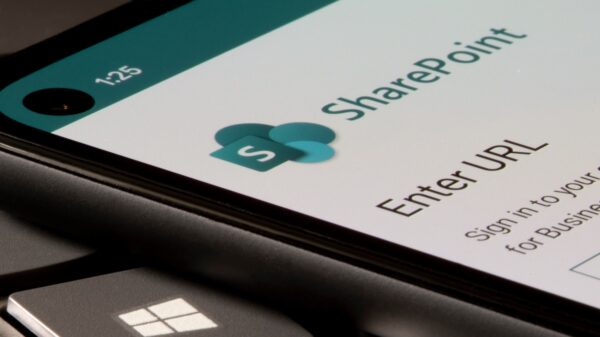The FBI on Monday published details on the activities of a cybercrime group that uses ransomware and other malware to encrypt and exfiltrate data and extort victims.
Referred to as “OnePercent Group,” the criminal organization has been engaging in ransomware attacks against organizations in the United States since November 2020, using phishing emails as the attack vector.
The emails deliver malicious attachments that carry Microsoft Office documents containing malicious macros. Typically, once the documents are opened by the victim, the IcedID banking Trojan is deployed on the system. The malware is used to install Cobalt Strike on the compromised network, which moves laterally using PowerShell.
Other tools employed by the attackers include Rclone, Mimikatz, SharpKatz, BetterSafetyKatz, and SharpSploit.
“The actors use rclone for data exfiltration from the victim’s network. The actors have been observed within the victim’s network for approximately one month prior to deployment of the ransomware,” the FBI says.
After encrypting data on the compromised systems, the ransomware drops a ransom note informing the victim they should contact the group either via email or phone. Should the victim not make prompt communication, the group then contacts the victim, threatening to leak the stolen data.
OnePercent Group typically leaked only a small percentage of the data, if the victim didn’t pay the ransom quickly, threatening to sell the entire data to the Russian gang that provided the Sodinokibi (REvil) ransomware-as-a-service.
The FBI, which has shared indicators of compromise (IOCs) associated with the OnePercent Group’s activities, recommends that organizations take the necessary precautions to keep their data safe from breaches and ransomware attacks.
This includes keeping all critical data backed up offline, keeping systems and applications up to date, disabling unused ports and protocols, implementing network segmentation, using multi-factor authentication, and ensuring that administrators don’t use “Admin Approval” mode.
Last week, the U.S. Cybersecurity and Infrastructure Security Agency (CISA) published a fact sheet to provide organizations in the government and public sectors with information on how to keep data protected from ransomware attacks.
Related: CISA Warns of Threat Posed by Ransomware to Industrial Systems
Related: PetitPotam Vulnerability Exploited in Ransomware Attacks
Related: CISA Adds Ransomware Module to Cyber Security Evaluation Tool















